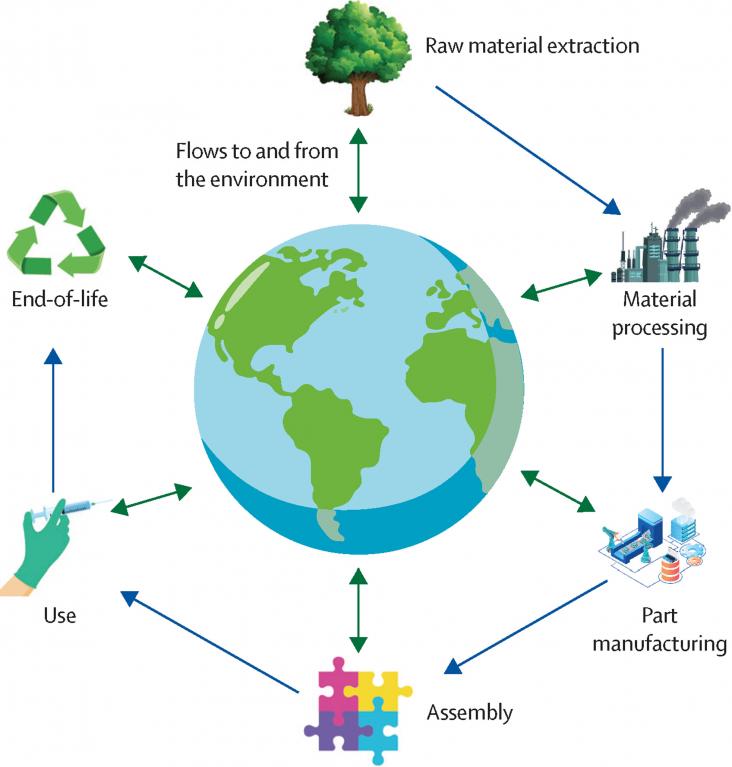This article supports SDGs 13, 15 and SDG 11 by exploring the utilization of soil microbe based desertification management practices and highlighting emerging technologies in the field. It discusses the policy implications and strategies that can support
Geopolitical applications of negative emissions and solar geoengineering technologies.
This article advances SDG # 3, 5, 7, 10, 11, and 13 by measuring the strong relationship between air pollution and adverse pregnancy outcomes including low birth weight and preterm birth. It shows that fossil-fuel based pollution has serious health consequences, mitigation of which could have immediate health benefits, particularly in high-pollution environments. T
This Article supports SDGs 3 and 13 by comparing the costs of implementing climate change mitigation policies with the economic benefits of avoiding heat-related labour productivity loss through climate change mitagation. The authors find that a substantial proportion (51.8%) of the costs of climate change mitigation would be offset by the economic benefits gained from avoiding labour productivity losses. There were geographical variation, with the benefits exceeding the costs in southeast Asia, Brazil, and Mexico.

This Personal View supports SDGs 3 and 13 by assessing how to integrate carbon emissions into health technology assessments and discusses how international effort will be required to ensure that the carbon footprints of commonly used health-care products are freely available.
This article supports SDGs 11, 6, and 13 by analyzing the impact of Denver Water's annual energy use and water use alongside local precipitation over a 20-year period from 1995 to 2014 and highlighting the implications for altered energy footprints as water utilities respond to new precipitation patterns in a changing climate.
This is a really interesting paper of the risks that Northwest Atlantic poses on the leatherback turtle, such as plastic bags and rope.
Biomass is a sustainable and review source. However, its conversion to chemicals is always challenging. This article produces high-value bioadhesive materials as a byproduct of chemicals from biomass. Using advanced technology such as electrochemical oxidation, clean energy and fuels can be produced from biomass, addressing SDG 7&13.
Innovation in Environmental Technologies (ETs) is critical for meeting the Paris Climate Agreement. Through an empirical analysis we show that collaboration between NICs and G7 countries drives ET innovation in the former. Results suggest that much greater policy focus should be aimed at collaboration rather than technology transfer. Collaboration breeds more NIC’s innovation by inducing learning-by-doing, learning-by-innovating and learning-by-exporting
The research seeks to estimate biogas production potential from livestock and slaughterhouse wastes in Ghana, in order to promote biogas technology as a possible alternative in the search for sustainable energy management methods and in support of the SDG goals.
